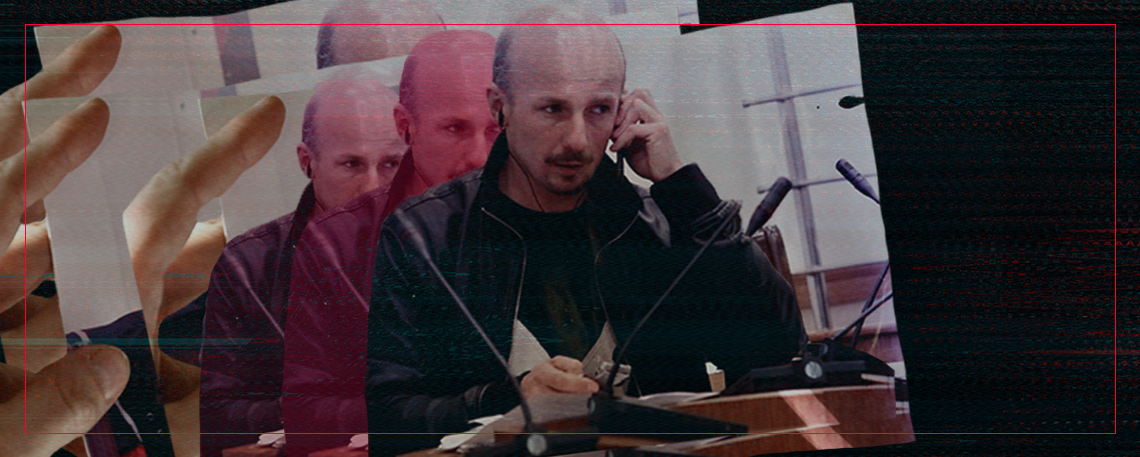Ukraine secured the release of two journalists in its latest prisoner exchange on 24 August, but 28 more media workers remain in Russian captivity where evidence reveals they face systematic torture and abuse designed to break captives mentally and physically.
Ukraine’s Committee on Freedom of Speech called on the international community to maintain pressure on Russia, stating that “only publicity and persistent struggle bring closer the day when all Ukrainians will return home.”
On Ukraine’s Independence Day, the prisoner exchange occurred with assistance from the United Arab Emirates that released over 100 soldiers and civilians from each side. Among them were Ukrainian journalists Dmytro Khyliuk and Mark Kaliush.
Kaliush was detained in Melitopol on 20 August 2023. Russian authorities accused him of terrorism, espionage, and cooperation with Ukrainian special services. Now he awaits a long journey of receiving medical care and undergoing physical and mental rehabilitation, including reintegration into civilian life.

Independence Day swap returns Ukrainian defenders from thousands who are still captive in Russia
Journalist abducted when full-scale invasion just began
Khyliuk’s captivity began in the first days of Russia’s full-scale invasion. The UNIAN news agency reporter was abducted from his family’s garden north of Kyiv in March 2022, less than two weeks after the war began. Russian forces initially held him in occupied Dymer before transferring him to Russia without any legal basis.
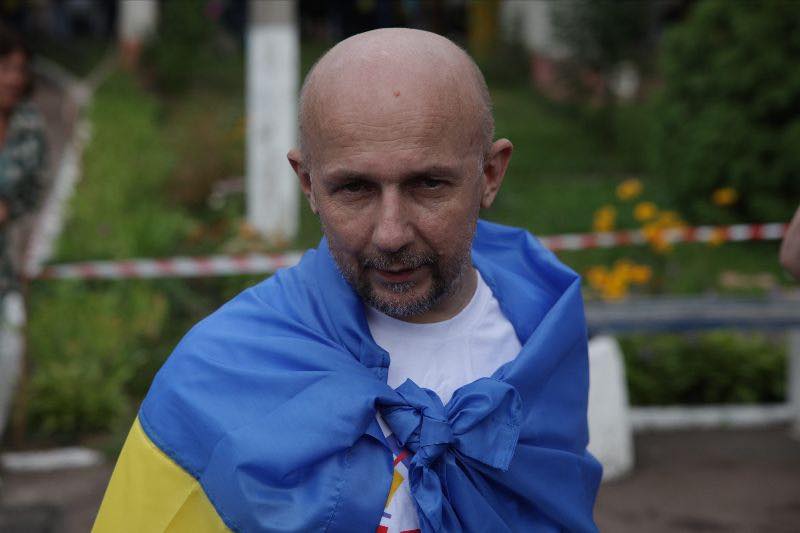
Reporters Without Borders tracked him through multiple detention facilities, ultimately to a prison in the Vladimir Oblast east of Moscow.
Throughout his captivity, Russian authorities denied holding him despite evidence of his detention. In early June 2023, Khyliuk managed to send a message to his family:
“I am OK. I love you. Tell UNIAN that I am in prison in Russia.”
Sources who met the journalist in prison estimated that at least 300 Ukrainian soldiers and civilians were being held in the same facility, which has capacity for 1,200 detainees.
Khyliuk spent over three years in Russian custody before his release—time during which he committed no crime beyond practicing journalism.
The toll was severe: he now weighs less than 45 kilograms (99 lbs), his health deteriorated substantially due to heart problems and an abscess, and he faces a long rehabilitation ahead.
In a video recorded on the day of his release, Khyliuk described his final moments in captivity:
“There was a bandage on my face for a day and a half. My hands were wrapped with tape. They [Russians] treated you like cattle.”
But he expressed shock at learning about support back home:
“I didn’t hear, I don’t know anything about Ukraine because I heard nothing during these three years in captivity. I didn’t know that so many people here remembers us and fights for us.”
How Russian detention breaks Ukrainian prisoners
Russian detention centers operate what prosecutors call “a targeted system of repression” against Ukrainian civilians. The abuse follows deliberate policies orchestrated by Russian authorities, with evidence showing high-level security officials instructing prison staff to be cruel without repercussions.
Cells designed for eight people are crammed with around 15 detainees. Ukrainian prisoners have no contact with Russian inmates and are moved between cells every two months to prevent relationships from forming.
Former detainees report regular beatings, electric shocks, including on genitals, mock executions, and threats of sexual violence. Prisoners are subjected to prolonged stress positions, hung by arms or legs, and forced to endure positional torture while blindfolded. Both male and female prisoners face sexual violence and threats.
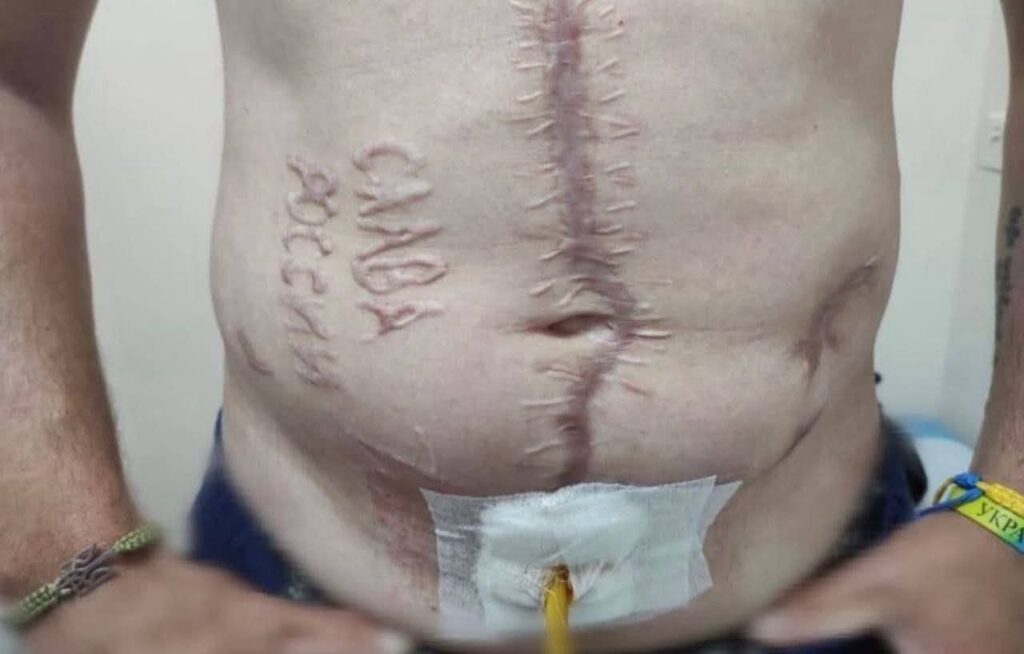
Daily life is designed for humiliation. Prisoners must stand for prolonged hours under camera surveillance, endure degrading treatment during daily checks including enforced nudity, and survive on inadequate food and medical care.

Doctor’s desperate act: Breaking medical ethics to show world Russia’s torture of Ukrainian POWs
Many Ukrainian prisoners are held in complete isolation, cut off from families, legal counsel, or the outside world for extended periods.
Former prisoners also describe the psychological warfare: captives are told they will be exchanged soon, only to have those promises broken repeatedly.
Most Ukrainian civilians are labeled as “witnesses”—meaning they face no official charges and have no access to legal representation. Their activities are limited to reading Russian propaganda books portraying Ukraine as a Nazi-controlled state or singing Russian patriotic songs.
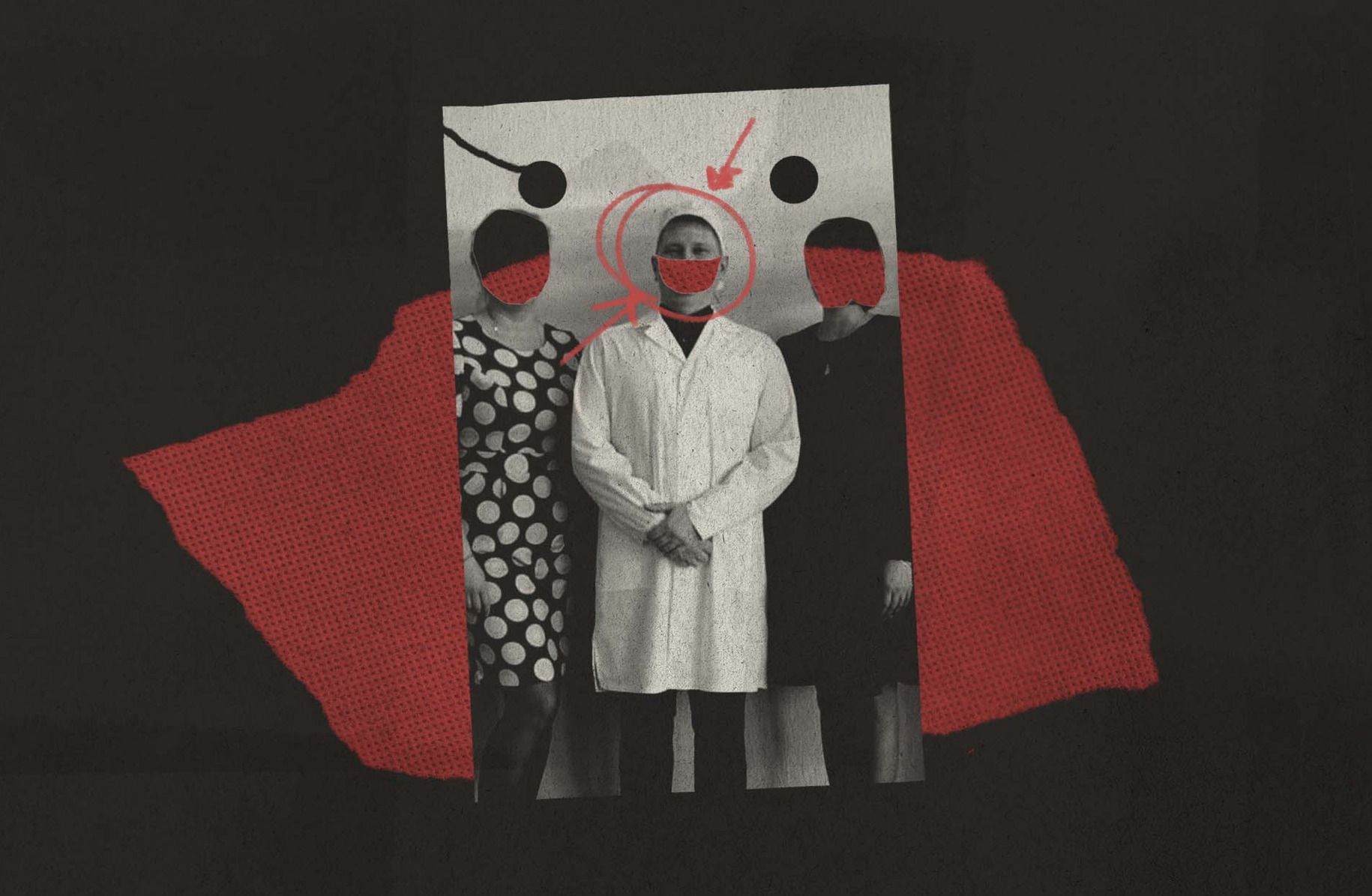
Russian “Doctor Evil” posts about loving family and medical pride online, while he degrades and tortures Ukrainian POWs in reality
Price for being journalist in war-torn Ukraine
The broader assault on Ukrainian journalists has been devastating. Since Russia’s invasion began, at least 127 media workers have been killed, according to verified data from the National Union of Journalists of Ukraine and the International Federation of Journalists.
The breakdown reveals the war’s impact across different groups: 18 journalists died while performing professional duties, 10 were civilian casualties, and 99 media representatives who joined Ukraine’s Defense Forces were killed in combat.
The Institute of Mass Information reports Russia has committed 841 crimes against journalists and media in Ukraine over three and a half years of war.
“If Russia had not unleashed this shameful war, all these colleagues could have continued working successfully,” said NSJU Chairman Serhii Tomilenko. “But the aggressor state decided it was better for them to die, to leave families in deep grief, and people uninformed.”
Ukrainian journalist, investigating Russian torture, became its victim
The case of Viktoriia Roshchyna provides the most disturbing evidence of what happens to journalists in Russian custody.
The 26-year-old’s body was returned to Ukraine in February 2025 among 757 corpses exchanged with Russia, bearing unmistakable signs of torture and missing vital organs.
Forensic investigators found broken ribs, neck injuries, and possible electric shock marks on her feet. Critical organs were missing—parts of her brain, larynx, and eyeballs—which investigators believe represents an attempt to conceal the cause of death.

Roshchyna disappeared in August 2023 while investigating Russia’s detention system in occupied Zaporizhzhia, her home region.
She had been compiling a list of Russian Federal Security Service agents responsible for torturing Ukrainian civilians when she was captured.
Despite being previously detained for a week in March 2022, Roshchyna continued her dangerous work. Between February 2022 and July 2023, she traveled to Russian-held territories at least four times to document conditions there.
Her final reporting trip began in July 2023. She traveled from Kyiv to Poland, then crossed from Latvia into Russia on 26 July, ostensibly heading to Melitopol but first going to Enerhodar to investigate torture centers. Russian security services captured her shortly after.
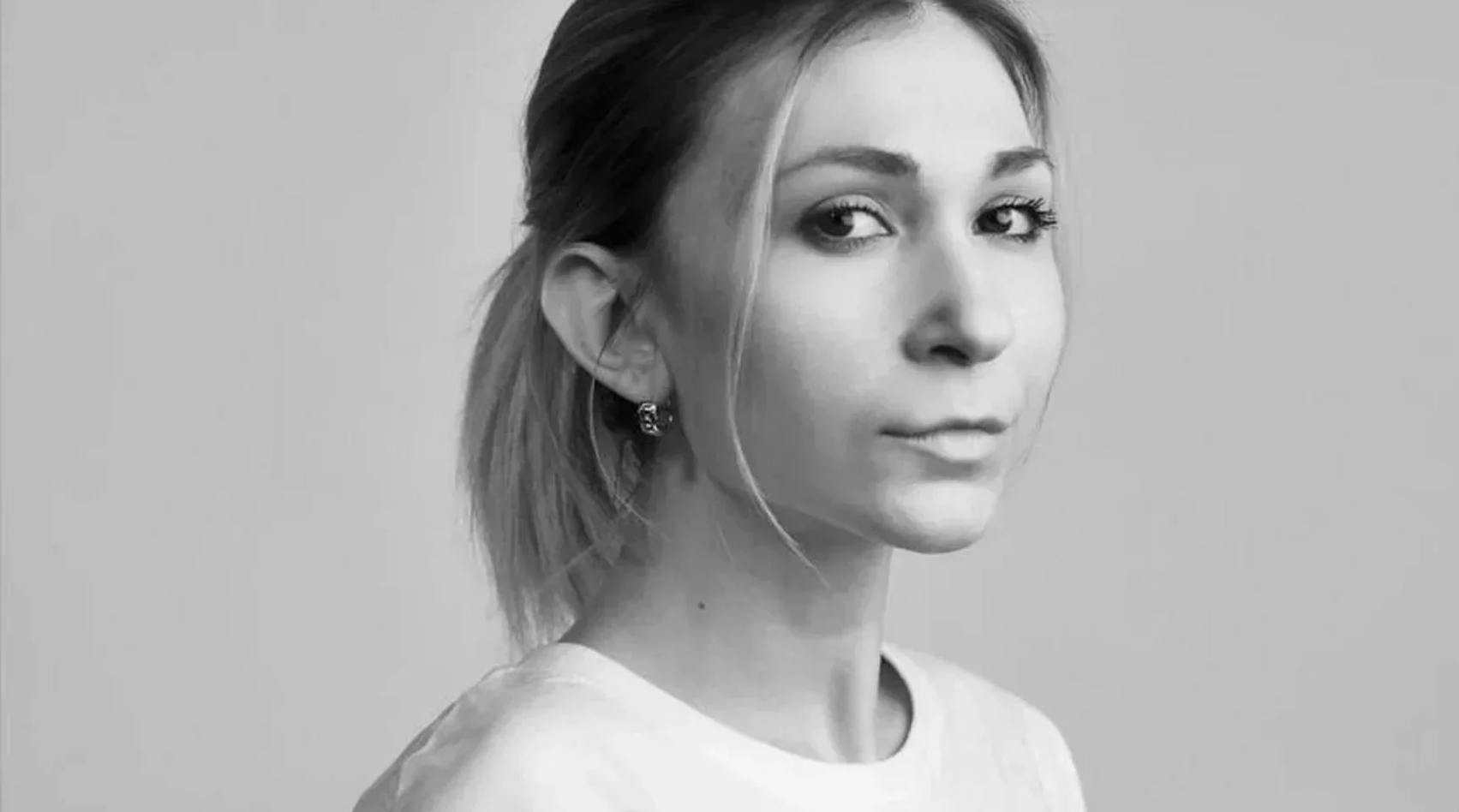
Forbidden stories: Ukrainian journalist went to document torture in Russian detention — her body returned without organs
Former cellmates described her treatment in the SIZO-2 detention center in Taganrog.
“She was whipped and tortured on an equal basis with everyone else,” said Ukrainian prisoner of war Yevheny Markevich. One cellmate saw knife wounds on her arms and legs—”definitely on her arm and leg. She had a knife wound, a fresh scar between the wrist and elbow.”
The electric torture was repeated multiple times. “She said she was all blue,” a cellmate reported, adding that the electric current may have been connected to Roshchyna’s ears.
By summer 2024, her health had deteriorated dramatically. “She was in such a state that she could not even lift her head off the pillow,” witnesses reported.
Despite her suffering, Roshchyna remained defiant.
“She called them ‘executioners, murderers,'” Markevich recalled. “Personally, I admired it. None of us were like that.”
In late August 2024, her father received a call—her first contact in over a year. Speaking in Russian rather than Ukrainian, suggesting she wasn’t alone, Viktoriia told him she expected to be home in September. Instead, Russian authorities announced her death on 19 September, though witnesses report she was removed from her cell eleven days earlier.
Ukraine has charged in absentia Alexander Shtuda, head of Russia’s Taganrog detention center, with organizing the journalist’s torture. According to Ukrainian investigators, Shtuda deliberately organized the abuse because Roshchyna refused to cooperate with the prison administration.
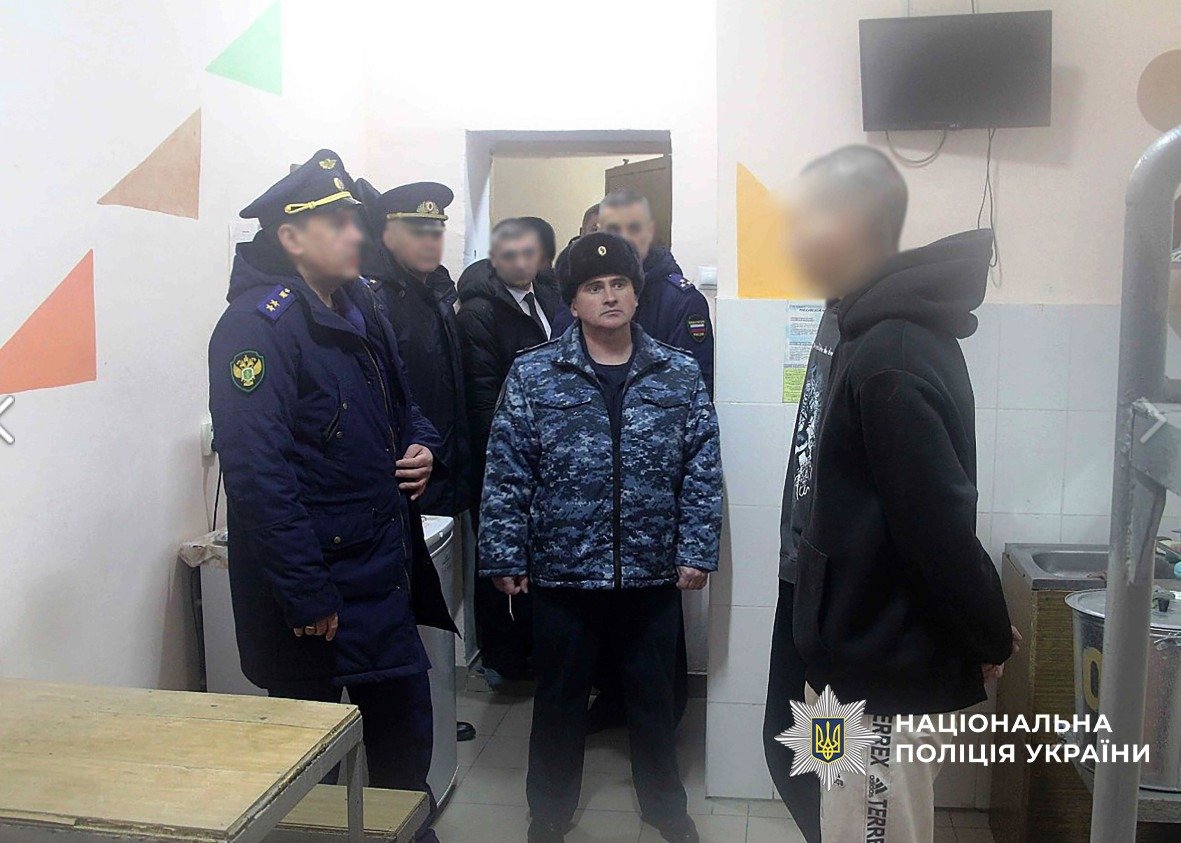
Ukraine reveals name of main torturer of journalist Roshchyna, who was killed in Russian detention center
Meanwhile, Ukrainian media organizations have called for international investigations into Roshchyna’s death. The OSCE Representative on Freedom of Media said he was “horrified” by the findings, emphasizing that such treatment violates the UN Convention Against Torture and the Fourth Geneva Convention.
Russia continues to hold an estimated 8,000 Ukrainian soldiers in captivity, while nearly 60,000 Ukrainians are considered missing—many likely facing conditions similar to what these journalists endured.




